Tag: diagnosis
Unlocking the Predictive Power of Nutritional Scores in Septic Patients
The study highlights the mNUTRIC score's practicality and reliability in assessing nutritional and inflammatory risks in septic patients, particularly in non-ICU settings. These findings suggest its potential utility... read more
Primary Management of Polytrauma
This well-illustrated book describes a practical approach to the primary management of patients who have multiple injuries, or polytrauma, with the aim of providing medical and paramedical personnel with the knowledge required... read more

Rapid and Accurate Sepsis Identification Using AI
This study demonstrates that by providing streamlined predictions using CBC+DIFF data without requiring extensive clinical parameters, the AI-CDSS can be seamlessly integrated into clinical workflows, enhancing rapid, accurate... read more
Rhabdomyolysis Due to Nutritional Supplements Intake
habdomyolysis is a condition characterized by the destruction of muscle cells and subsequent release of it's intracellular contents. It is typically asymptomatic, with moderate creatine kinase elevation. Severe cases... read more
Using Critical Ultrasound To Predict Early Diagnosis of ICU-acquired Weakness in Septic Patients
This study uncovered pivotal indicators for predicting the occurrence of ICUAW in septic patients. Despite no significant difference in age, gender, BMI, BSA, or SOFA scores between the two groups, the significant differences... read more
Handbook for Venous Thromboembolism
A truly practical guidebook for anyone who needs the key information on the diagnosis, management and prevention of venous thromboembolism. Specific areas of focus include understanding the risk factors for VTE and the role... read more
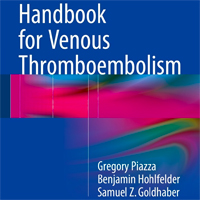
Specialty Imaging: HRCT of the Lung
Part of the highly regarded Specialty Imaging series, HRCT of the Lung, third edition, reflects the many recent changes in HRCT diagnostic interpretation. An easy-to-read bulleted format and thousands of state-of-the-art... read more
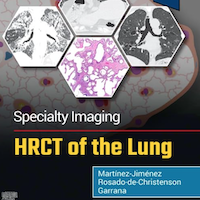
Pulmonary Manifestations in Patients With Hematologic Malignancies
Pulmonary involvement is common in patients with hematologic malignancies (HMs) and varies depending on the underlying condition, including lymphoproliferative disorders, acute leukemia, myelodysplastic syndrome, and allogeneic... read more
Textbook of Cardiorenal Medicine
This textbook provides a practical and board-driven resource to describe and define the emerging field of cardiorenal medicine. Covering all aspects of the topic with depth and relevance, this groundbreaking reference brings... read more
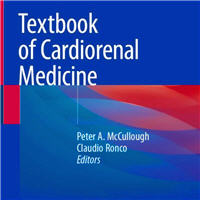
Ventilator-associated Lung Disease: A Complex Reality in the ICU
Mechanical ventilation, by tracheal intubation or tracheostomy, is the common supplementary treatment for several reasons for hospitalization. Since the advent of long-term mechanical ventilation during the polio epidemic. In... read more
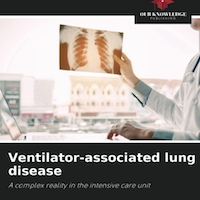
Emergence of Ventilator Associated Pneumonia in Critical Care Units
In intensive care unit, the care of critically ill patients is a primary component of modern medicine. Intensive care units create potential for recovery in patients who otherwise may not have survived. They are, however,... read more
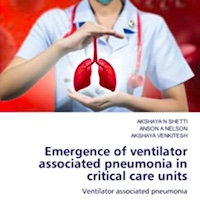
Plasma Proteome Temporal Changes Associated with Sepsis Mortality
Our proteomics approach revealed significant associations between changes in the plasma proteome within the first days of sepsis and mortality as well as disease severity. We identified and characterised the underlying... read more
Mini Bronchoalveolar Lavage vs. Endo-Tracheal Aspirate in Diagnosing Bacterial Pneumonia in ICU
This study supports the use of endotracheal aspirate (ETA) as a cost-effective and efficient alternative to mBAL for the diagnosis of pneumonia in intubated ICU patients, particularly in settings where resources are limited.... read more
Sepsis: Clinical Diagnosis and Treatment
Sometimes our body's reaction to infection can result in damage to internal tissues and organs. Such a condition is referred to as sepsis. Some of the symptoms of sepsis are high fever, increased heart and breathing rate,... read more
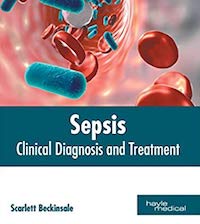
The Infectious Disease Diagnosis: A Case Approach
This text uses cases to illustrate differential diagnoses of various infectious diseases. Unlike any other book on the market, this book is specifically designed for ease of use and can cater to a variety of medical professionals... read more
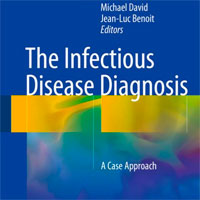
Outcomes of Older Adults With Sepsis at Admission to an ICU
Our study suggests that treating older adults with therapies recommended by the Surviving Sepsis Campaign may improve outcomes in this age group, although mortality remains high for older adults with sepsis. In addition,... read more
ARF Caused by Penicillium Marneffei Infection After Kidney Transplantation
Penicillium Marneffei (PM) infections often present with nonspecific clinical manifestations, and severe respiratory failure (ARF) after infection is particularly uncommon. This case report a patient who developed severe... read more
Septic Shock in the Prehospital Setting
Septic shock (SS) is a potential life-threatening condition in which an early identification and immediate therapy stand out as the main cornerstones to improve survival chance; in this context, emergency medical services... read more
Invasive Fungal Infections in Non-neutropenic Patients
Critically ill patients, particularly those with features of immunosuppression, are susceptible to invasive fungal infections (IFI), which pose significant diagnostic and therapeutic challenges. Candida and Aspergillus,... read more
COVID-19 and the Cardiovascular System: From Pathophysiology to Clinical Management
COVID-19 and the Cardiovascular System: From Pathophysiology to Clinical Management comprehensively covers COVID-19's impact on the cardiovascular system. Coverage includes the pathophysiology, clinical manifestations, diagnostic... read more
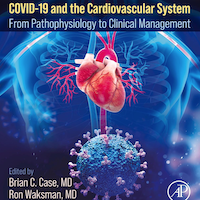
ICU Manual
This practical guide provides a multidisciplinary, clinically oriented approach to the management of patients in intensive care. The book discusses the complete range of specialties, including cardiology, pulmonology,... read more
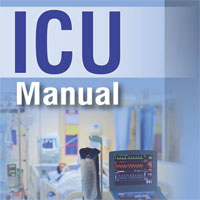
Disease Progression Associated Cytokines in COVID-19 Patients with Deteriorating and Recovering Health Conditions
Understanding the immune response to COVID-19 is challenging due to its high variability among individuals. To identify differentially expressed cytokines between the deteriorating and recovering phases, we analyzed the Electronic... read more









